How Long To Take Clomid For Pct

The use of Clomid (clomiphene citrate) in post-cycle therapy (PCT) is a topic of considerable interest and debate within bodybuilding and performance-enhancing drug (PED) communities. Determining the appropriate duration for Clomid PCT is crucial for restoring natural hormone production after a cycle of anabolic steroids or other PEDs.
Understanding the nuances of Clomid use for PCT is vital for mitigating potential side effects and maximizing the effectiveness of hormone recovery.
What is Clomid and Why is it Used in PCT?
Clomid is a selective estrogen receptor modulator (SERM). It works by blocking estrogen receptors in the hypothalamus and pituitary gland, leading to an increase in the production of luteinizing hormone (LH) and follicle-stimulating hormone (FSH).
These hormones stimulate the testes to produce testosterone. During a steroid cycle, the body's natural testosterone production is often suppressed, and Clomid is used in PCT to jumpstart this process again.
Factors Influencing Clomid PCT Duration
Several factors dictate the length of time someone might take Clomid for PCT. These include the type of steroids used, the dosage, the duration of the steroid cycle, and individual response to the medication.
Individual hormone levels prior to and during PCT can also play a significant role in determining the optimal duration. Generally, longer and more intense steroid cycles necessitate longer PCT protocols.
Furthermore, some individuals may metabolize drugs differently, affecting the effectiveness of Clomid and the time required for hormone recovery.
Typical Clomid PCT Protocols
While there is no universally accepted "one-size-fits-all" protocol, several common approaches exist. These usually involve tapering dosages over a period of weeks.
One example is a four-week protocol. This could involve starting with 50mg of Clomid daily for the first two weeks, followed by 25mg daily for the remaining two weeks.
Another common approach involves a similar four-week duration but with slightly higher starting dosages, perhaps 100mg daily for the first week, followed by 50mg for the next two weeks, and 25mg for the final week.
Expert Opinions and Guidelines
It's important to note that the use of Clomid for PCT is often based on anecdotal evidence and experience within the bodybuilding community rather than extensive clinical trials. Medical professionals often have varying opinions on the appropriateness and duration of Clomid PCT.
Some endocrinologists may prescribe Clomid for hormone imbalances. They may offer guidance on appropriate dosages and monitoring strategies but may not be familiar with PCT practices.
Therefore, individuals considering Clomid for PCT should ideally seek guidance from a healthcare provider experienced in hormone therapy or a knowledgeable medical professional who can assess their individual needs and monitor their hormone levels throughout the process.
Potential Risks and Side Effects
Clomid, like any medication, carries potential risks and side effects. Common side effects include mood swings, blurred vision, and nausea.
More serious, though less common, side effects can include visual disturbances that may be irreversible. It's important to report any adverse effects to a healthcare professional immediately.
Furthermore, Clomid can interact with other medications, so a comprehensive medical history and list of current medications should be provided to a healthcare provider before starting Clomid PCT.
Monitoring and Adjustments
Regular blood tests are crucial during Clomid PCT to monitor hormone levels. These tests typically assess testosterone, LH, FSH, and estrogen levels.
Based on these results, the duration and dosage of Clomid may need to be adjusted to optimize hormone recovery. Failing to monitor hormone levels can lead to either insufficient recovery or overstimulation, both of which can have negative consequences.
For instance, if testosterone levels are not sufficiently increasing after a few weeks, the Clomid dosage might be slightly increased. Alternatively, if estrogen levels become too high, the dosage may need to be decreased or discontinued.
Alternatives to Clomid
While Clomid is a common choice for PCT, other options exist. These include other SERMs like Nolvadex (tamoxifen citrate) and aromatase inhibitors (AIs) like Arimidex (anastrozole).
Nolvadex works similarly to Clomid but may have slightly different effects on estrogen receptors. Aromatase inhibitors, on the other hand, reduce estrogen levels by blocking the aromatase enzyme, which converts testosterone to estrogen.
The choice between Clomid, Nolvadex, or AIs depends on individual preferences, hormone levels, and potential side effects. Some individuals may even use a combination of these drugs during PCT.
Conclusion
The duration of Clomid PCT is highly individualized and depends on several factors. There is no single perfect answer for how long to take Clomid for PCT.
Careful consideration of individual circumstances, monitoring hormone levels, and consulting with a qualified healthcare provider are essential for maximizing the effectiveness of PCT and minimizing potential risks.
Ultimately, responsible and informed decision-making is paramount when using Clomid or any other medication for post-cycle therapy. Remember that self-treating with PEDs can be harmful and that seeking professional medical advice is always the best approach.
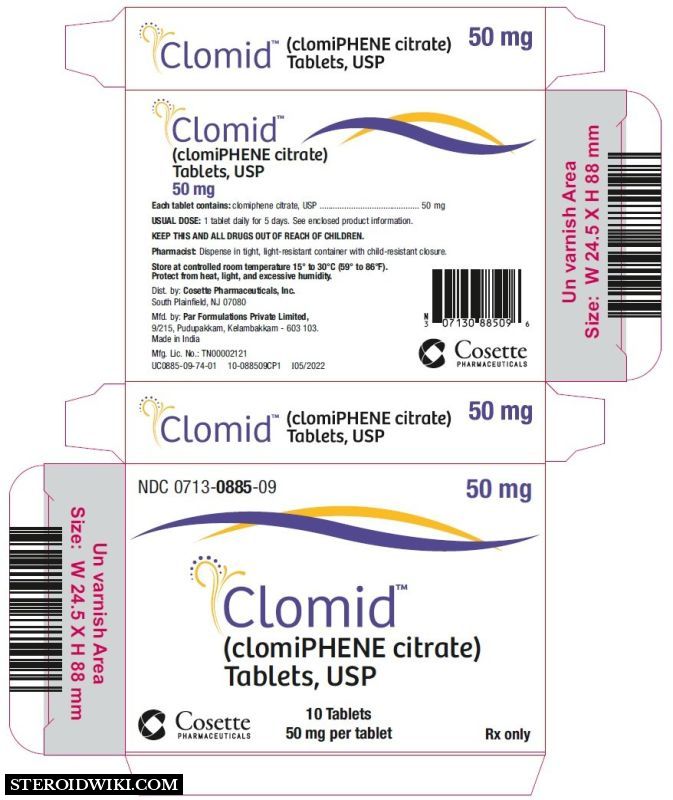



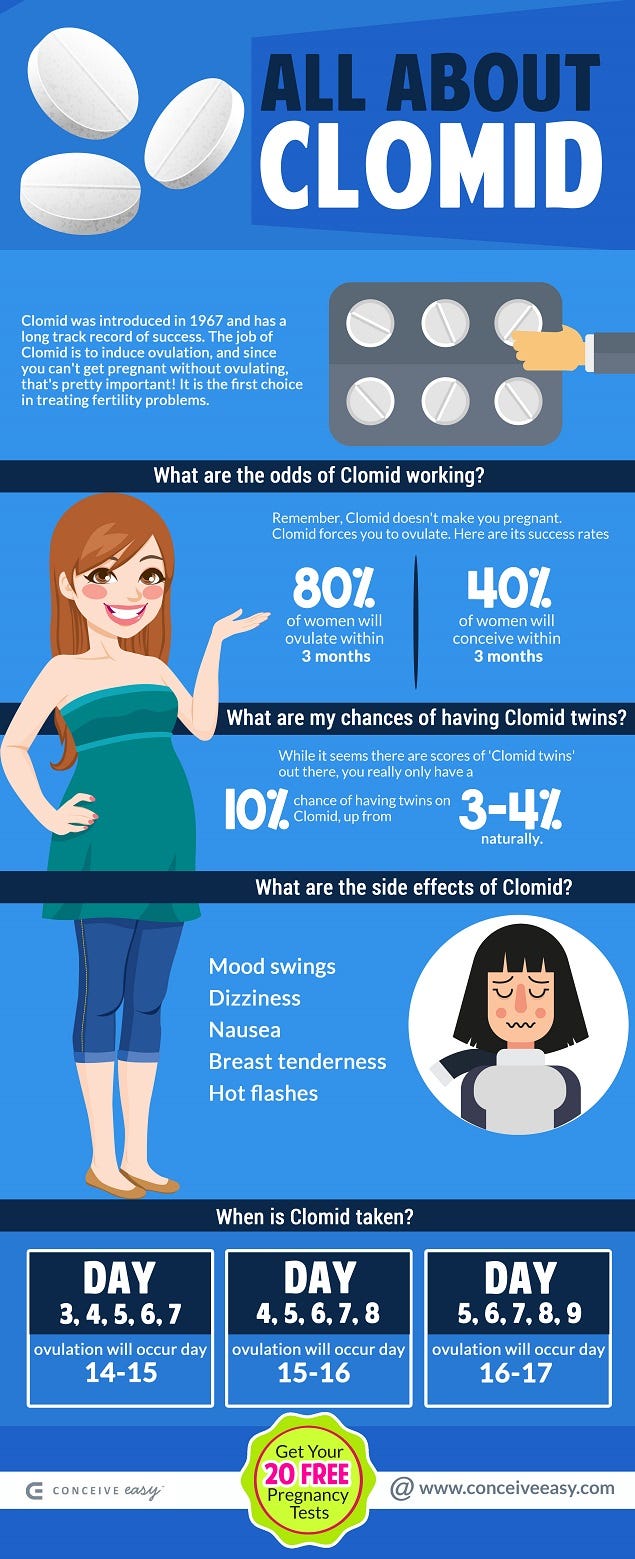
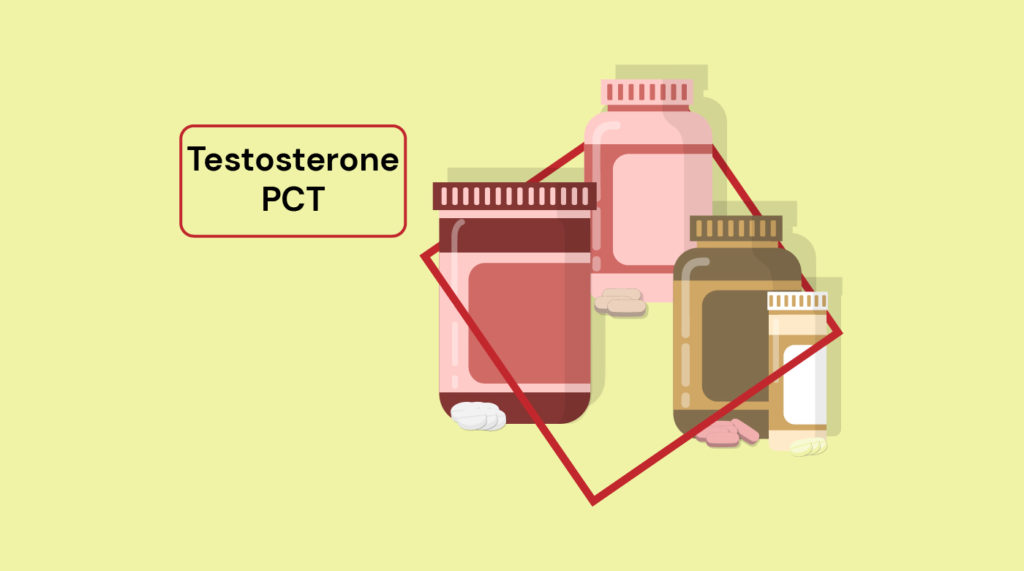

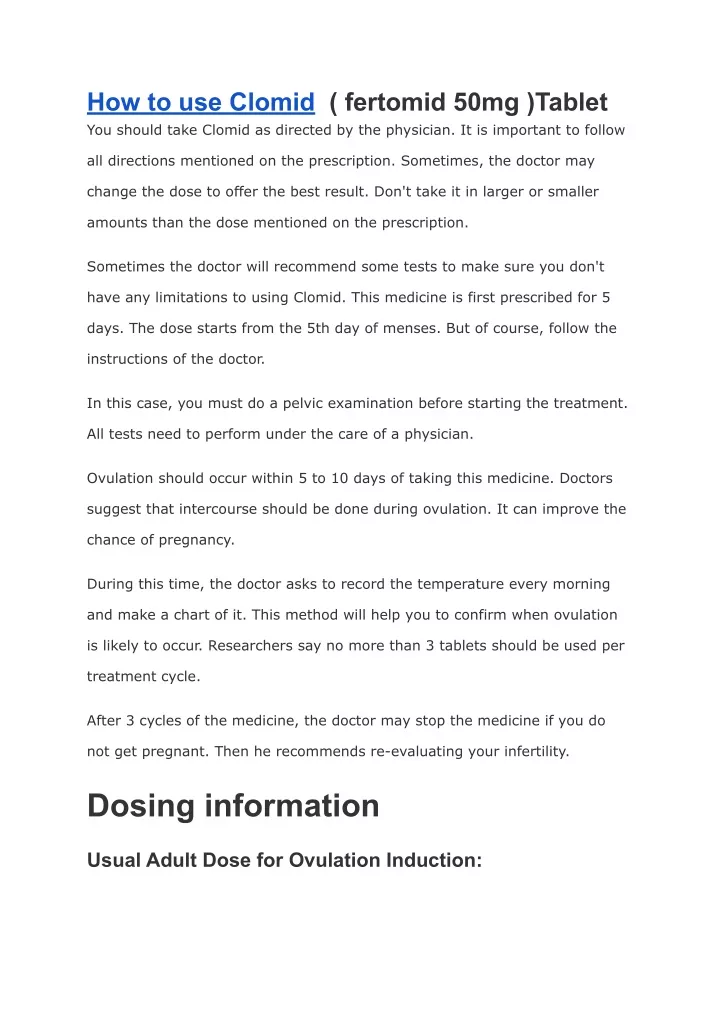







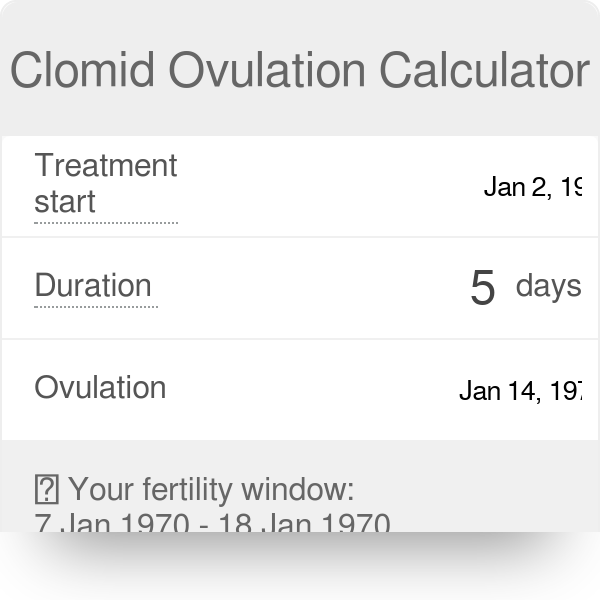
:max_bytes(150000):strip_icc()/clomid-treatment-101-1960183_final-f8193ef16ab549b0869673429f853476-a16d0fdcf35e4707907127b96cf8b89c.png)

